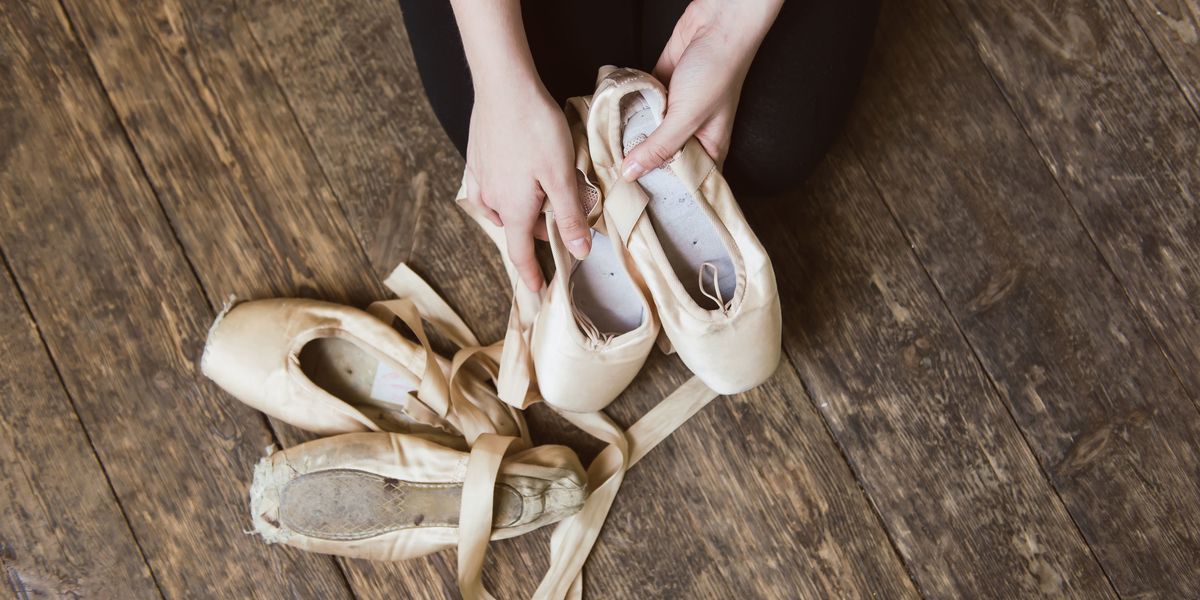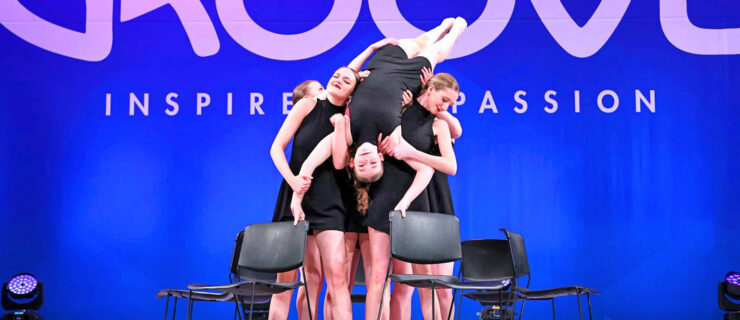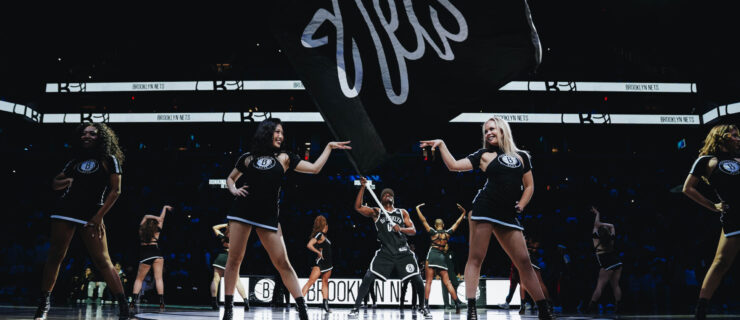How to Practice Pointe Work Safely at Home
We’ve rearranged our living rooms, commandeered office chairs for ballet barres, and we’re doing our best with video classes streamed into our homes. But there’s one element of your training that might feel particularly daunting without the familiarity of marley under your feet: pointe work. To help you maintain your pointe training at home, we spoke with two experts on all of the dos, don’ts, and safety precautions to consider.
Stay Used to the Boots
Simply putting your pointe shoes on every day can help keep your feet in dancing shape. Former Pacific Northwest Ballet dancer and current PNB School teacher Carrie Imler tells students in her pointe classes, “The worst thing to do is let those feet get in their baby soft form again.” She suggests walking around in your pointe shoes daily, just to keep your calluses.
Floor Focus
Not all floor surfaces are created equal, especially for pointe work. Hardwood and tile floors are particularly slick and likely to cause slips and falls (though, Imler jokes, “you’ll find out how much turnout you do or don’t have on hardwood”). To give a little more grip, Imler has made do with an extra thin area rug with a nonstick rubber backing. Kat Bower, physical therapist for Miami City Ballet and host of dance medicine podcast The Dance Docs, suggests laying down a thin yoga mat for a little more grip.
Some retailers sell individual squares of vinyl dance mats. They’re definitely helpful, but both experts agree that since you shouldn’t be doing anything too advanced or flashy at home with your pointe work, purchasing one isn’t required.
Shoe Talk
Certain shoe hacks can counteract the slip factor. Bower suggests cutting the satin off the tip of your pointe shoes and scoring the leather sole with a pair of scissors. You can also darn the edges of the platform to prevent sliding. Spray rosin or hairspray can help make your shoes a little more tacky.
This might also be a good time to break in new shoes. Doing so requires only simple exercises that need minimal space, and the process will develop the muscles in your feet. “You’re having to work a little bit harder through that [new] shoe,” Bower explains, “so it might be a great way to get that little bit of extra strength.”
Keep It Simple
Imler says that if you had pointe classes three days per week at your studio, that’s enough for your home routine—you don’t want to overdo it. Ideally, you’ll have a teacher to guide you through video classes. If not, a series of relevés are a good place to start. “In parallel, first position, second, fifth, coupé to strengthen one leg,” and doing all of those with both plié and on a straight leg, “can keep you pretty occupied for a good 20-30 minutes,” Imler says.
Beyond that, stick to slow and controlled barre exercises: échappés, bourrées, pas de bourrées, gentle piqués. For more advanced students, Bower says that taking a regular ballet barre in your pointe shoes is relatively low-risk and will help you focus on shaping your foot. “Now is not the time to be working on multiple pirouettes,” says Bower. “Now is really the time to focus on better balance, strength and stability within your body.”





